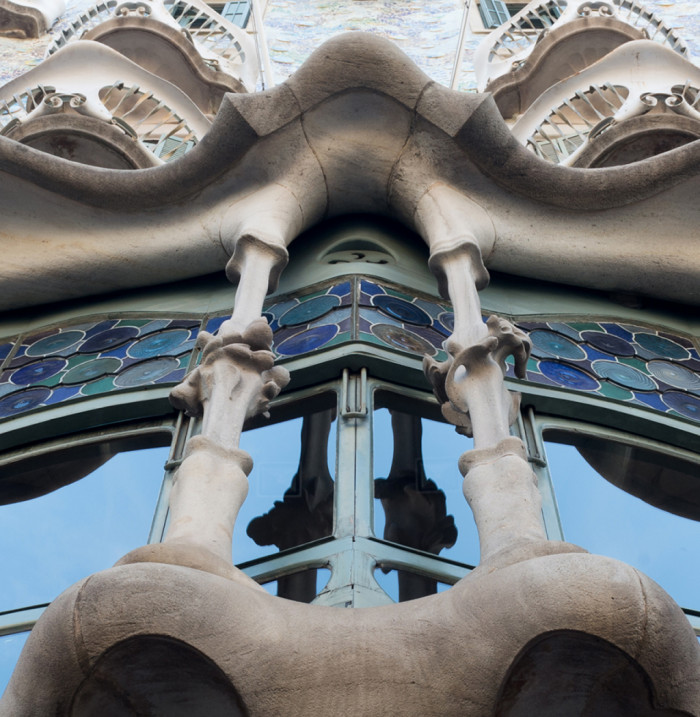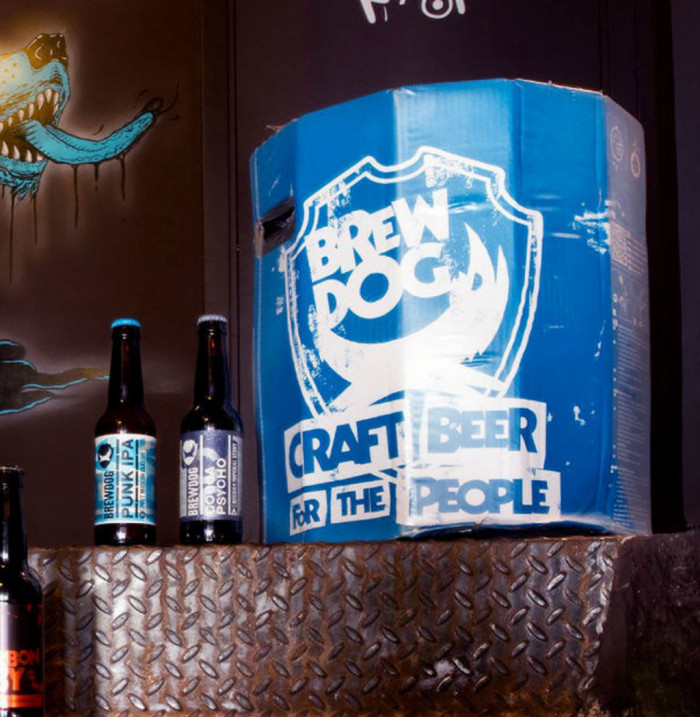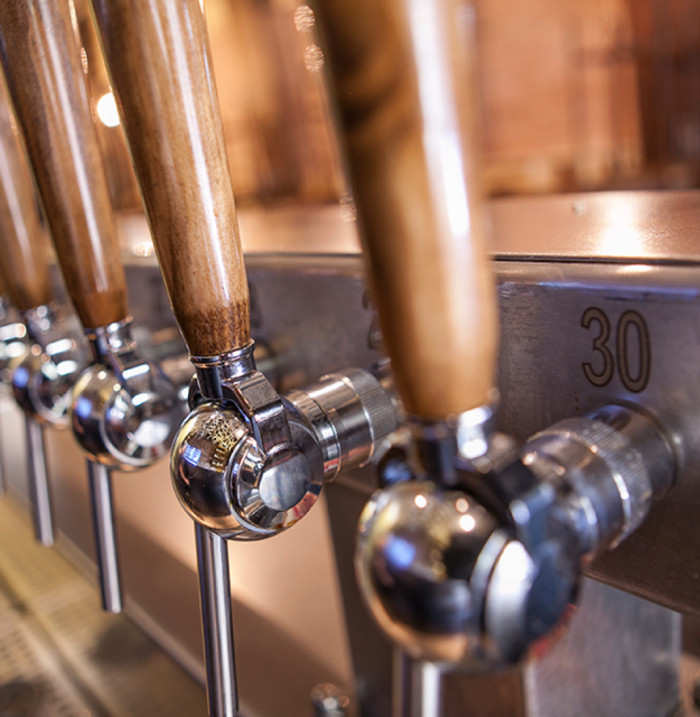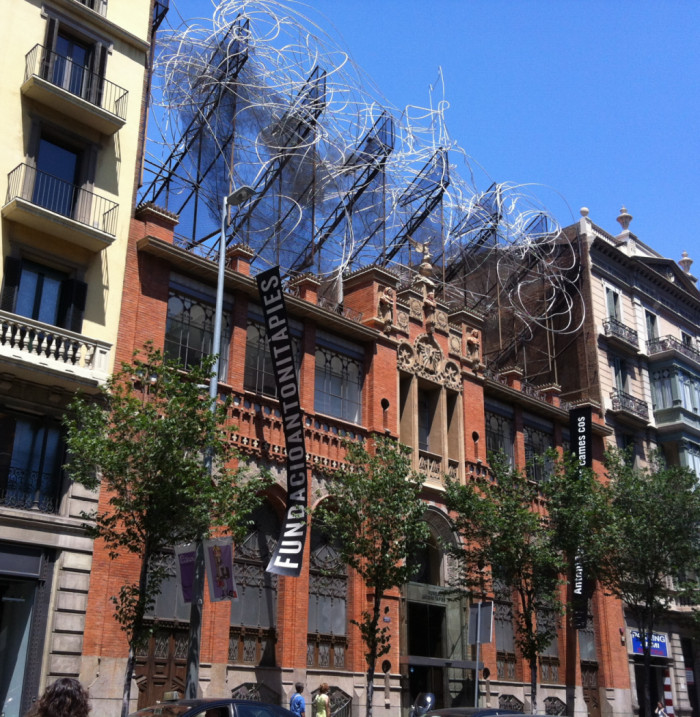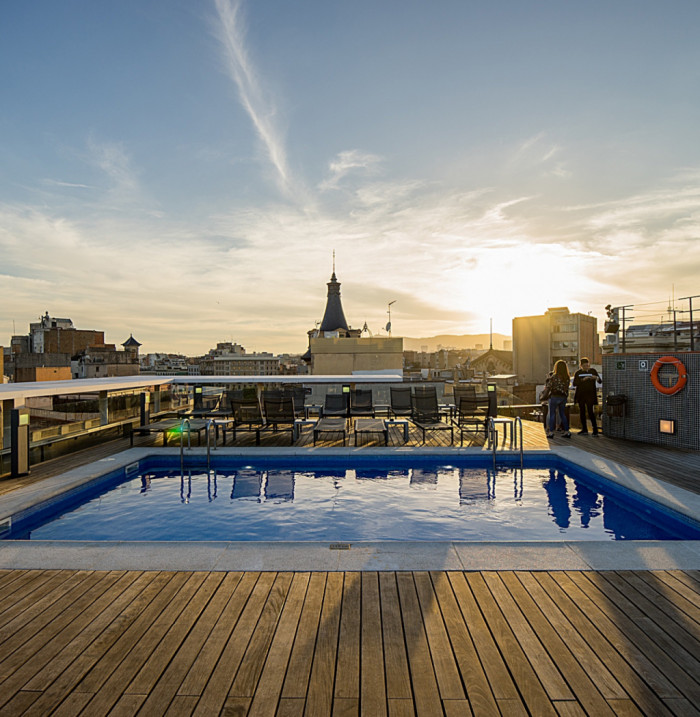- Architecture
- Open Air
The Arch originally served as the official entrance to the 1888 Barcelona Universal Exposition.
Metro: L1 (Red) - Arc de Triomf
Bus: 19, 120, D50, H16, V19
RENFE (Train): stop - Barcelona Arc de Triomf (R1/R3/R4/R12/RG1)
The Arc de Triomf, designed by Catalonian architect Josep Vilaseca i Casanovas, was constructed to serve as the official entrance to the 1888 Barcelona Universal Exposition, and to symbolize the economic boom that the city was experiencing at the time. This triumphal arch is somewhat different from other monuments like it, in that it wasn’t erected to commemorate a military victory, but rather to celebrate a civic event.
Vilaseca designed a monument of classical shape and proportions as a symbol of Barcelona’s respect for the nations and provinces participating in the Exposition. As a counterpoint, the architect opted to cover the monument in innovative decorate elements, full of symbolic value, giving the structure a Neo-Mudejar appearance, very much in style at the time. The combination of bricks with the friezes that surround the arch is a one of the most distinctive and beautiful aspects of the structure.
The Arch itself represented the gateway to modernity in late 19th-century Barcelona. On one hand, the frieze on the side facing the Passeig Sant Joan represented Barcelona’s ability to graciously welcome other nations. At the same time, it can be seen as a way for the city to bestow a gift to the Exposition’s participants. The friezes on one side represent Agriculture and Industry; Commerce and Art are depicted on the frieze on the other side. Atop the arch, the shields of the 49 provinces of Spain are presided over by the Barcelona coat of arms.
The monument boasts an unbeatable location with surroundings perfectly suited to all visitors. It’s located 10 minutes away from Plaça Catalunya, it’s quite close to the neighborhood of the Born and its famous bars, and it sits at the top of Avinguda Lluís Companys, a wide avenue built in the Parisian style and one of the city’s most popular spots for skating, biking, and practicing other sports.
The Avenue leads to the Park of the Ciutadella, one of the city’s top destinations for relaxing, enjoying the outdoors, and doing athletic activities. From the park you can also pay a visit to the Zoo of Barcelona, visit Modernist buildings, or enjoy the afternoon at the outdoor terrace of a neighborhood bar.
Today, the Arch is often used as the finish line for popular sports competitions and races, among them, the Barcelona Marathon.

